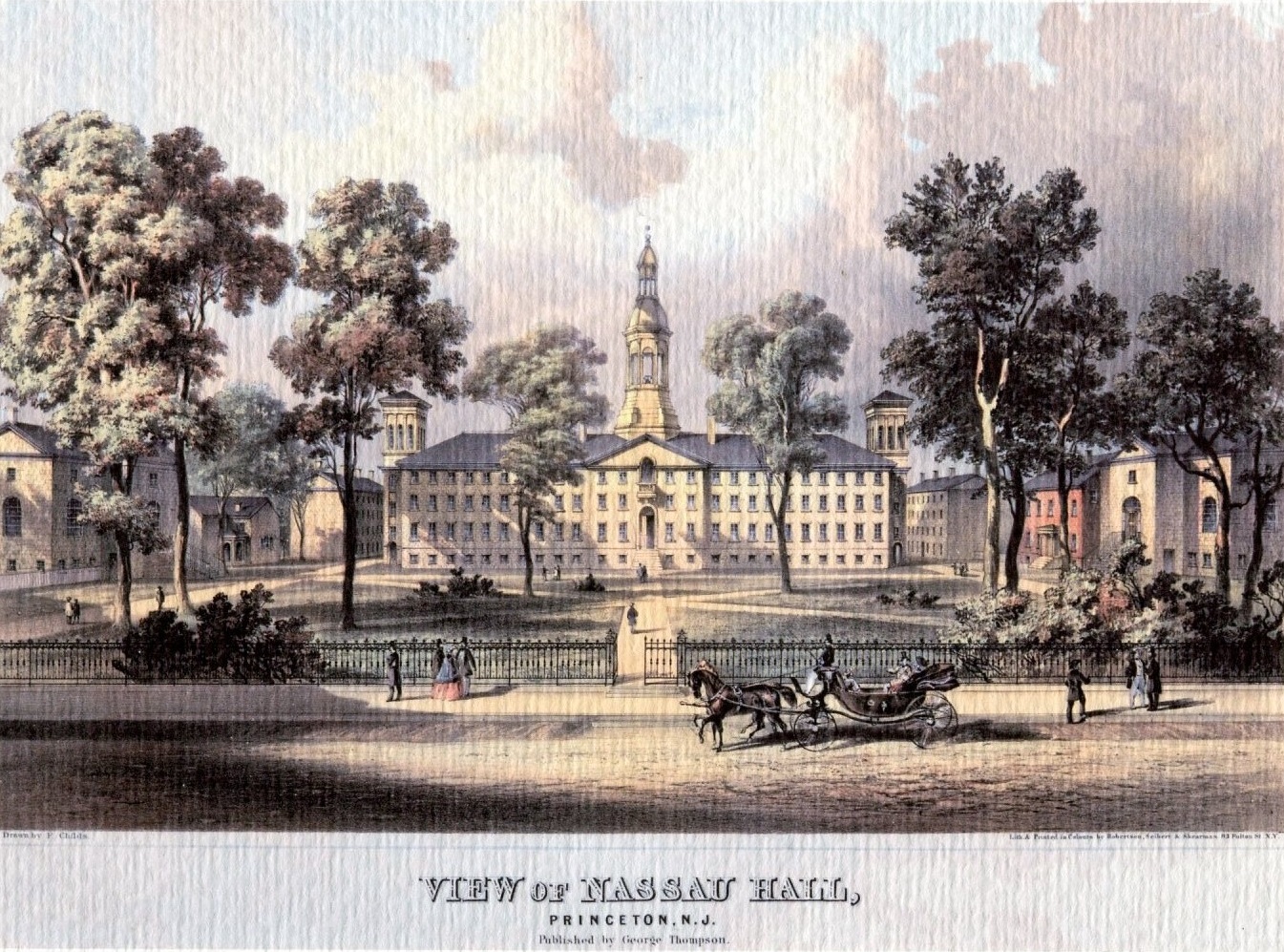-
Dear Mr. Mudd: Why Was There a Woman in Princeton University’s Texas Club Before Coeducation?
Dear Mr. Mudd, Looking at the photograph posted on the Princeton University Archives Tumblr of the Texas Club in 1960, I see a woman, but Princeton wasn’t fully coeducational until 1969. Where did she come from? Although to some extent this woman remains a mystery to us as well, there are other women we can…
-
The “Down South Kitchen” and Family Life in Princeton University’s Isabella McCosh Infirmary
When I wrote about the myth of slave quarters in Princeton University dormitories, there wasn’t room to tell you about the service workers who did sleep under the same roof as Princeton students for half a century. Today’s post considers the home one Black family made at Isabella McCosh Infirmary while they cooked and cleaned…
-
Dear Mr. Mudd: How Did Princeton Students Treat Campus Servants?
This post is the second in a two-part series. Dear Mr. Mudd, If Princeton University dormitories could not have housed enslaved persons, why does the rumor persist that they did? What were the experiences of campus servants really like? How did students treat them? Last week, I outlined the factual evidence that proves that…
-
Dear Mr. Mudd: Did Enslaved People Live in Princeton’s Dormitories?
This post is the first in a two-part series. Dear Mr. Mudd, Rumor has it the dorms at Princeton were designed to allow students to bring enslaved people with them to live in adjoining rooms and serve them. Is this true? Though one often hears a rumor about enslaved people accompanying students to…
-
When the Great Blizzard of 1888 Hit Princeton
One of the worst storms ever to hit the United States is typically known as “Great Blizzard of 1888,” but you may find it referred to as the “Great White Hurricane.” In it, Princeton students played a historic role in rescuing passengers aboard a train stuck in a snowbank, people were trapped inside for a…
-
Foodways for Princeton Students, Part II: Diversified Menus, 1855-2010s
This is the second post in a two-part series examining student foodways at Princeton. As mentioned in the conclusion of last week’s post in this series, the campus refectory was no longer an option after the Nassau Hall fire of 1855. This meant that eating clubs became entrenched in Princeton’s traditions. There were many transient…
-
Foodways for Princeton Students, Part I: The Refectory, 1760s-1855

This post is the first in a two-part series examining daily foodways at Princeton. Today, most Princetonians are likely to take it for granted that they can have a bagel with cream cheese and lox in the morning, pick up Chinese takeout for lunch, and relax over a dinner of spaghetti, but all of these…
-
The Horses of Princeton
When we say someone or something is a “workhorse” these days, it signifies working hard for a long time, but we rarely mean an animal. For most of Princeton’s past, however, this term would have referred to literal horses. Horses were a vital part of daily life well into the 20th century.
-
George Morgan White Eyes, Racial Theory at Princeton, and Student Financial Aid in the Eighteenth Century
By April C. Armstrong *14 In 1779, a group of Delaware set up camp on Prospect Farm, owned by George Morgan, along a dirt walkway that separated them from the campus of the College of New Jersey, as Princeton University was named until 1896. They brought a boy with them who was about eight or…
-
Marriage and Undergraduate Life at Princeton University in the 1970s
By Iliyah Coles ’22 Married undergraduates have been at Princeton for decades, even though they might appear to be relatively scarce at the University now. In fact, students who got married before attending college weren’t even allowed to be admitted until around 1970, most likely in part due to the difficulty in finding adequate housing…
This blog includes text and images drawn from historical sources that may contain material that is offensive or harmful. We strive to accurately represent the past while being sensitive to the needs and concerns of our audience. If you have any feedback to share on this topic, please either comment on a relevant post, or use our Ask Us form to contact us.
